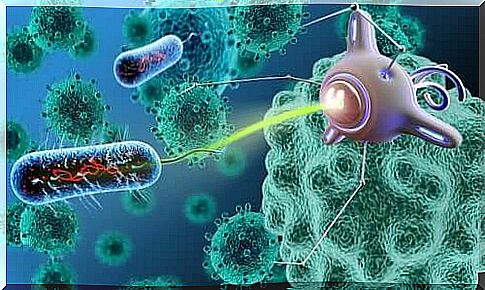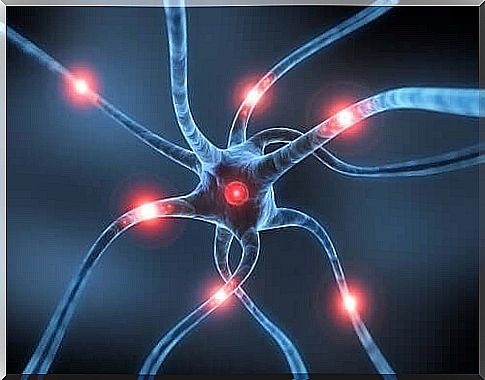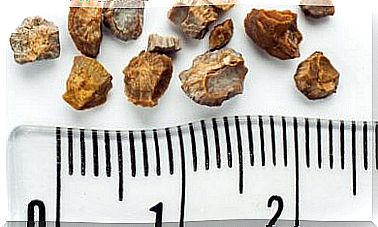Advances In Nanomedicine And Its Contribution To The Field Of Health Sciences

Currently, the advances in nanomedicine and its contribution to health sciences are oriented towards prevention, diagnosis and treatment, especially of pathologies that have a great impact on the population.
This branch of medicine uses the knowledge of nanotechnology, specifically addressing treatments for diseased tissue without damaging healthy tissue.
Nanotechnology is dedicated to the control and manipulation of matter on a scale less than 1 micron, so it creates materials and systems with unique properties, capable of performing any function.
Areas of Nanomedicine
Nanomedicine comprises three areas:
1. Nanodiagnosis
Nanodiagnosis is based on the use of nanodevices and contrast systems. In this way, it is possible to achieve a more sensitive, faster and more accurate detection of a disease in its early stages. Devices for diagnosis can be used in vitro or in vivo .
2. Nanotherapy or controlled drug release
This part of nanomedicine is based on the use of nanostructures that allow the accumulation and controlled release of an active substance exclusively in diseased cells.
Nanostructures must:
- Be biocompatible.
- Carry specific doses of the drug.
- Be stable until reaching the target tissue.
3. Regenerative nanomedicine
Repairs or replaces damaged tissues and organs using nanotechnology. As a result, it is possible to stimulate the repair mechanisms of the human body.
Currently, theranostic systems are being developed, which combine elements in the same nanoparticle for the detection and localized treatment of a disease.
On the other hand, these systems will allow the visualization and evaluation of the kinetics and effectiveness of the treatment.
Advances in nanomedicine in oncology

In the field of oncology, the use of nanomedicine has focused on two problems common to any type of cancer: the diagnosis and the side effects of chemotherapy.
Early diagnosis of cancer greatly increases the chances of a cure. Therefore, one of the main uses of nanomedicine in this field is the possibility of detecting tumor cells in the early stages of the disease.
In this sense, studies carried out in animals revealed that magnetic nanoparticles related to tumor markers allow cancer to be correctly detected.
This can happen even when the levels of these markers are well below the detectable levels with the methods used currently.
Nanomedicine to avoid chemotherapy side effects
Chemotherapy is a very aggressive treatment. It is based on the destruction of cancer cells and has multiple associated side effects as it also destroys healthy cells.
In the treatment of cancer, nanotechnology makes it possible to “encapsulate” the drugs used in chemotherapy. In this way, it improves its effectiveness and reduces its toxicity in the patient’s body.
Recently, a group of European researchers created nanospheres capable of penetrating only cancer cells. In this way, the negative consequences of chemotherapy, such as nausea, physical weakness or hair loss, could be avoided.
Nanomedicine in cardiovascular diseases
Regarding cardiovascular diseases, many uses have also been described. In fact, one of the most important results is the possibility of identifying lesions in the arteries at very early stages.
Furthermore, studies are being conducted in which certain nanoparticles are capable of administering drugs specifically to the affected areas.
neurodegenerative diseases

Diseases such as Parkinson’s, Alzheimer’s or even arthritis can be treated more effectively because the nanoparticles target specific areas of the brain or tissue.
Alzheimer’s disease is characterized by a progressive death of neurons. In fact, in this regard, the possibility of generating neurons using stem cells existing in the brain through growth factors has been described .
However, if growth factors are injected into the bloodstream, they can be taken up by tissues other than the brain. This problem could also be solved thanks to nanomedicine.
Conclusion
Nanomedicine will allow, in the near future, the best and earlier diagnosis of diseases. In addition, localized and personalized treatments will be developed. Likewise, it will be possible to have an accurate monitoring of the evolution of the diagnosed disease.








